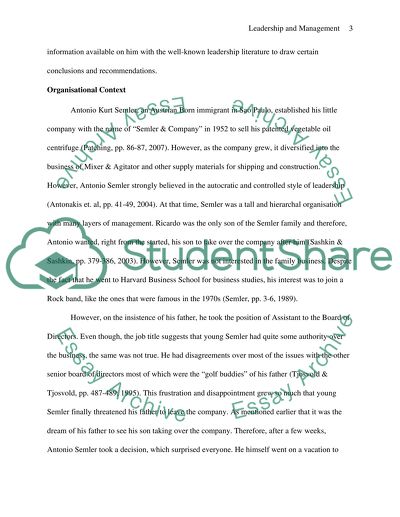Cite this document
(“Management report. It should critically evaluate the leadership and Essay”, n.d.)
Retrieved from https://studentshare.org/environmental-studies/1411125-management-report-it-should-critically-evaluate
Retrieved from https://studentshare.org/environmental-studies/1411125-management-report-it-should-critically-evaluate
(Management Report. It Should Critically Evaluate the Leadership and Essay)
https://studentshare.org/environmental-studies/1411125-management-report-it-should-critically-evaluate.
https://studentshare.org/environmental-studies/1411125-management-report-it-should-critically-evaluate.
“Management Report. It Should Critically Evaluate the Leadership and Essay”, n.d. https://studentshare.org/environmental-studies/1411125-management-report-it-should-critically-evaluate.


